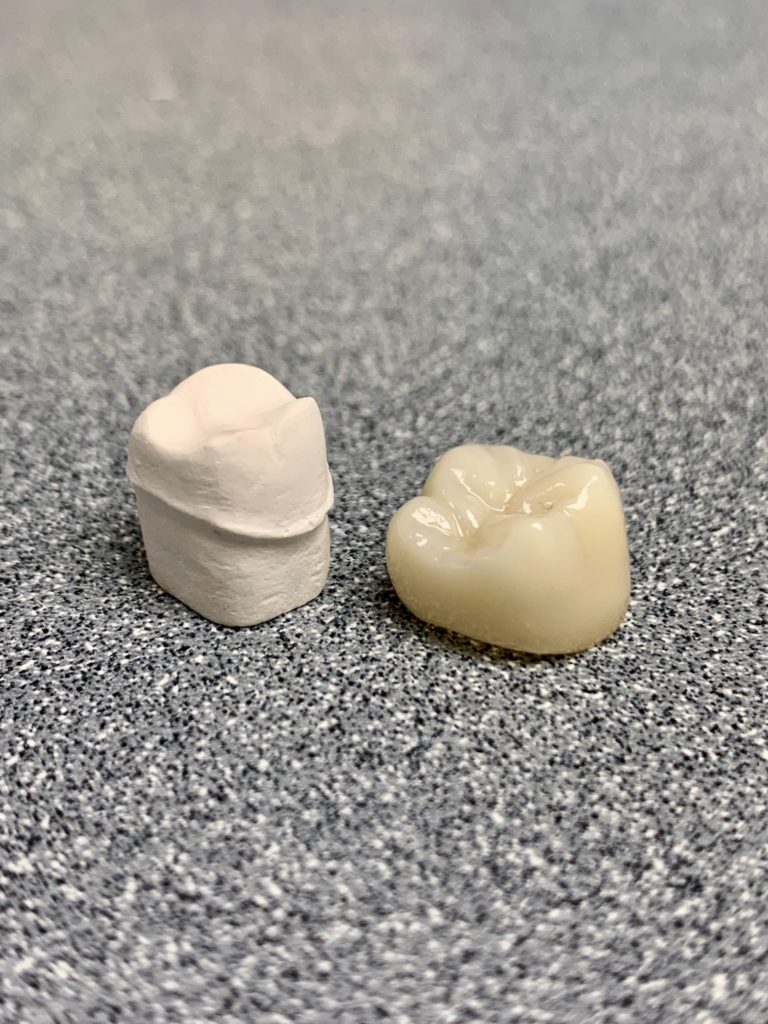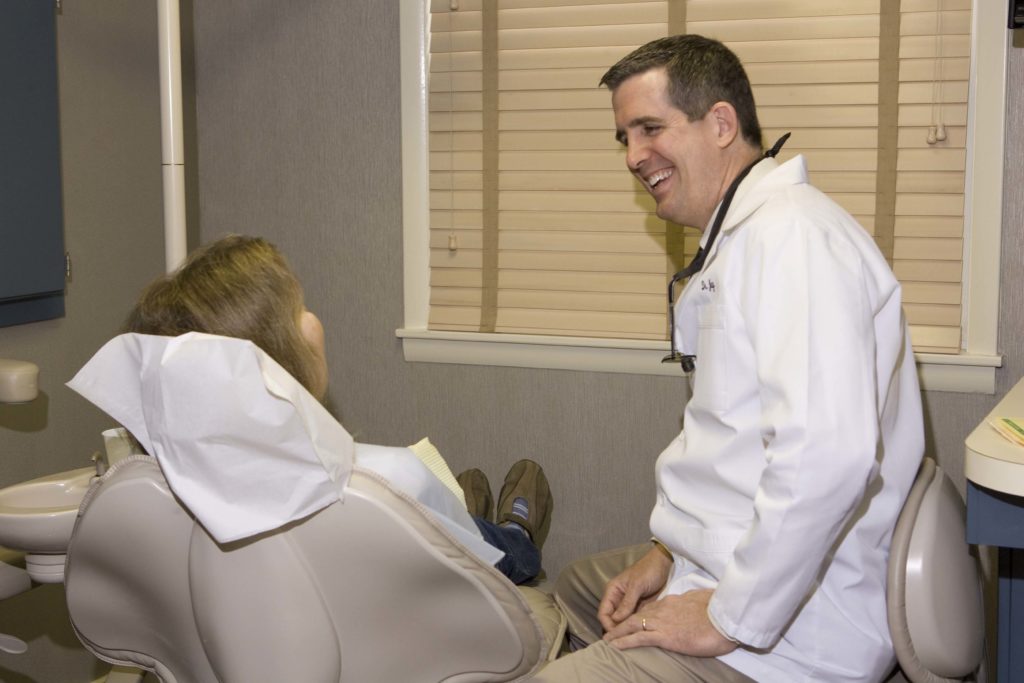
Do you have big plans this Valentine’s Day? Are you and your special someone preparing to enjoy an evening out with dinner, dancing, and maybe a goodnight kiss? While the first two ideas may sound fun, you might be worried about what could happen once you reach the end of the night. Although kissing can be an enjoyable part of any relationship, for those with dentures, it can be nerve-wracking. To avoid embarrassment this time of year, here are 3 tips to remember when it comes to sharing a smooch while wearing dentures.
(more…)








